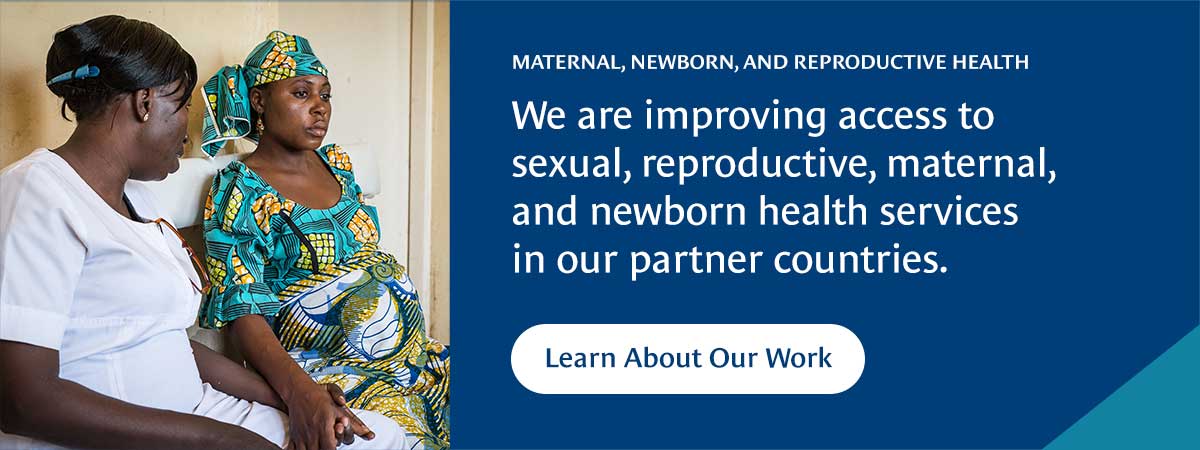CHAI has published a paper in PLOS One detailing the results of programs in Uganda and Zambia aimed at increasing access to and uptake of long-acting reversible contraceptive (LARC) services in public sector facilities.
In Uganda and Zambia, unintended pregnancies contribute to high rates of injuries and deaths due to barriers to reproductive health and obstetric care. As in many countries, gaps in availability of trained health workers, commodities, and equipment, as well as common myths and misconceptions about family planning, mean that effective and affordable LARC methods like implants and intrauterine devices (IUDs), are underused.
From 2018 to 2021, the Ministries of Health (MOHs) in both countries and Clinton Health Access Initiative (CHAI) worked to increase readiness to provide LARC services within 51 focal facilities in Uganda and 85 focal facilities in Zambia. Throughout the project period, CHAI monitored the increase in capacity of trained staff, availability of key supplies and uptake of services.
At the beginning of the programs, few focal facilities in Uganda and Zambia had supplies and skilled staff to provide LARC services. By the end of the project period, over 90 percent of focal facilities in both countries had at least one provider trained to provide both implants and IUDs and 55 percent had the commodities and equipment needed for implant provision. In Uganda and Zambia, respectively, 65 and 38 percent of focal facilities had commodities and equipment for IUD provision at endline. There was a significant increase in the number of implants provided at focal facilities in both countries; in Uganda implant volumes increased five-fold from 4,560 before the program started to 23,463 by the end of the program, and in Zambia implant volumes increased nearly four-fold from 1,884 at baseline to 7,394 at endline. Uganda did not observe growth in IUD volumes, whereas Zambia observed significantly increased IUD service volumes from 251 before program launch to 3,866 at endline.
The programs demonstrated that public sector facilities can be rapidly and sustainably capacitated to provide LARCs when both catalytic and systems strengthening interventions such as health worker capacity building, supply chain management, and community mobilization to increase awareness of services, are implemented. Investments should be intentionally sequenced and coordinated to generate a virtuous cycle that enables continued LARC service provision.






